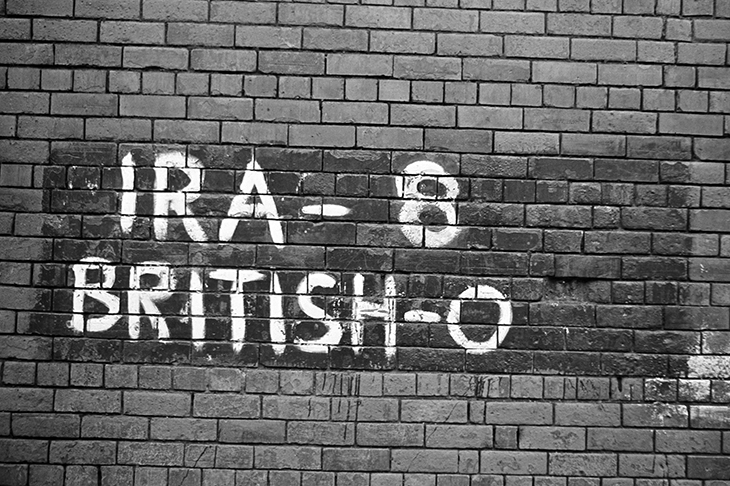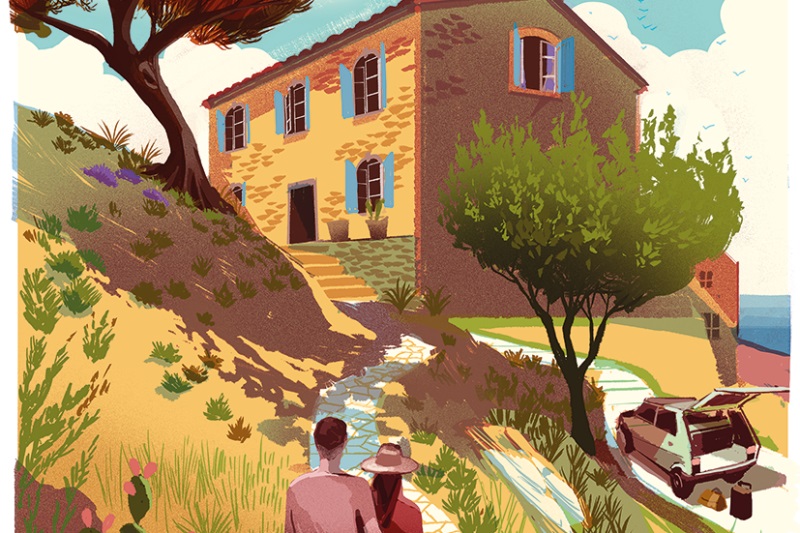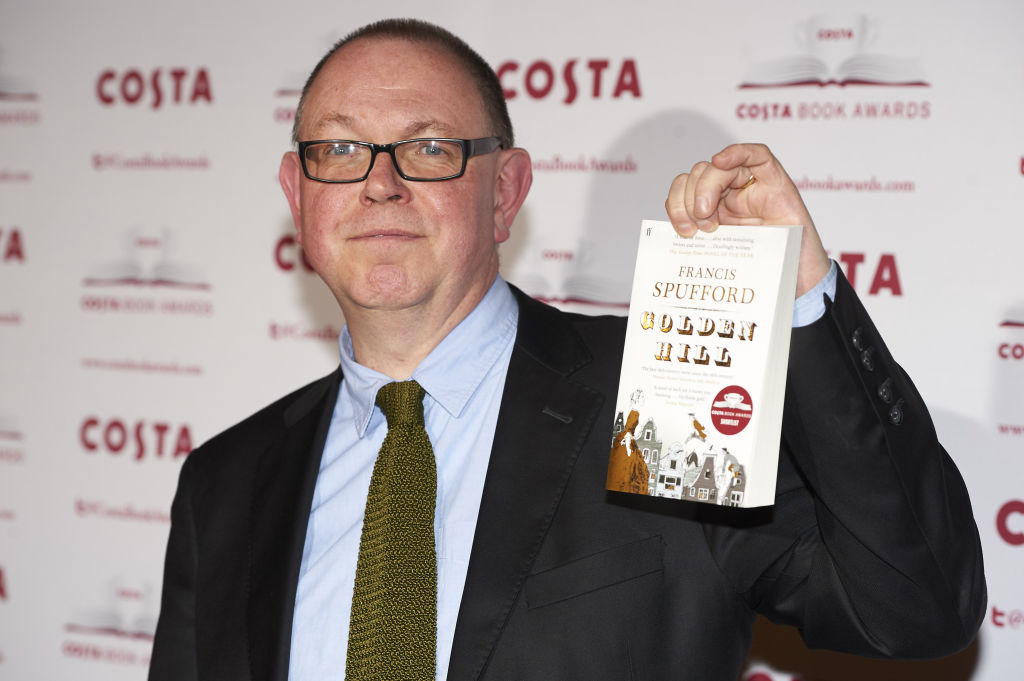David Keenan’s debut novel, This is Memorial Device, about a small town in Lanarkshire and its post-punk scene, showed that it wasn’t easy being Iggy Pop in Airdrie. For the Good Times, his second, set in 1970s Belfast, shows that it isn’t easy being a Perry Como-loving one of the boys in the Ardoyne.
In NI parlance, Sammy McMahon and his three friends are connected. This involves participation in punishment beatings, arms raids, killings, explosions and internecine feuds. But Sammy and his friends are not paramilitaries of the type you might imagine — the guerrilla ideologue or the Donegal tweed-wearing killer. This lot, traveling around in a van decorated with a painting of Mickey Mouse, tend more to a Mafioso wiseguy and Droog mutation. For the most part, the friends are highly non-ideological; Sammy has disdain for the IRA’s Green Book, the induction text for new volunteers: ‘We were motivated by more immediate concerns: protection, resentment, ambition, revenge, honor, sex, money, style, class…plus a history of violence.’ This violence is varied and gleefully imaginative: a guy’s ear is torn off with a hoover; someone saws through a wind-pipe. But Sammy, while a perpetrator, recognizes how it is part of inexorable cause and effect: he imagines a giant finger parting the clouds, tipping a domino run of murder from Belfast to Bellaghy.
References to crispy pancakes and Rod Stewart’s ‘Hot Legs’ notwithstanding, this fantastic, terrifying novel is phantasmagorical, high-velocity gothic. It transgresses boundaries of present and future through the seer-like character Miracle Baby, and the parameters of life and death through communication with a departed compadre. All the good stuff is there: dark forces, portents, labyrinthine passages, the recurrent idea of the double, inversions of good and evil on an epic scale. When considering the great bloodied cogs of history and his own murderous part, Sammy notes that ‘you get to add your own wee twist, your own gratuitous deformity, which is the closest a man can get to calling himself Christ Jayzus on this earth’.
Bravura hallucinatory accounts, comic book narratives, Biblical allusion, Irish joke interludes and really funny dialogue —‘What, you don’t check to see whether they [Hawkwind] are Huns or Tims before you submit to a sonic attack from them?’ — make For the Good Times an unsettling, thrilling read. So much in its world involves duplicity, performance and masquerade, whether it’s the local crooner Del Brogan, the boys in the jail who just ‘talk for show’, or the ‘sleeping fox’ double agents. ‘Hold me tight at the masquerade,’ Perry Como sings. But, Keenan asks, who exactly is it that you are asking to hold you?
This article was originally published in The Spectator magazine.

























